The Pro's and Con's of Photochromic or Transition Lens.

The Pros and Cons of Photochromatic Lenses
Photochromatic lenses, also known as transition lenses, have become increasingly popular for their ability to adjust to different lighting conditions. Here, we explore the advantages and disadvantages of these innovative lenses.
Pros of Photochromatic Lenses
-
Convenience: Photochromatic lenses offer a seamless transition from indoor to outdoor environments, adapting to changes in light. This means you don't need to switch between prescription glasses and sunglasses.
-
Protection: These lenses provide full protection against UV rays, which is essential for maintaining eye health and preventing conditions like cataracts and macular degeneration.
-
Cost-Effective: Investing in photochromatic lenses can be more cost-effective than purchasing separate prescription glasses and sunglasses. A typical photochromatic lens will be a small upgrade cost, and, even less if you have insurance. A good quality pair of sunglasses cost more than that.

Cons of Photochromatic Lenses
-
Temperature Dependency: Their performance can be less effective in extreme temperatures; for instance, they might not darken sufficiently in very hot weather.
-
Transition Speed: While modern photochromatic lenses are faster than earlier models, there can still be a noticeable delay in adjusting to sudden changes in light. This is particularly noticeable if you go indoors to a place with a lot of natural light like buildings with large windows. This will delay the transition to clear glasses
-
Indoor Tint: Some users notice a slight tint even indoors, which can be a drawback for those who prefer completely clear lenses while inside. It does take some time to turn back light especially if you were in a very sunny or UV light heavy location before.

Overall, photochromatic lenses offer a great blend of convenience and protection for most everyday situations. They are generally a good investment, especially for those who spend a lot of time outdoors or transitioning between different lighting environments.










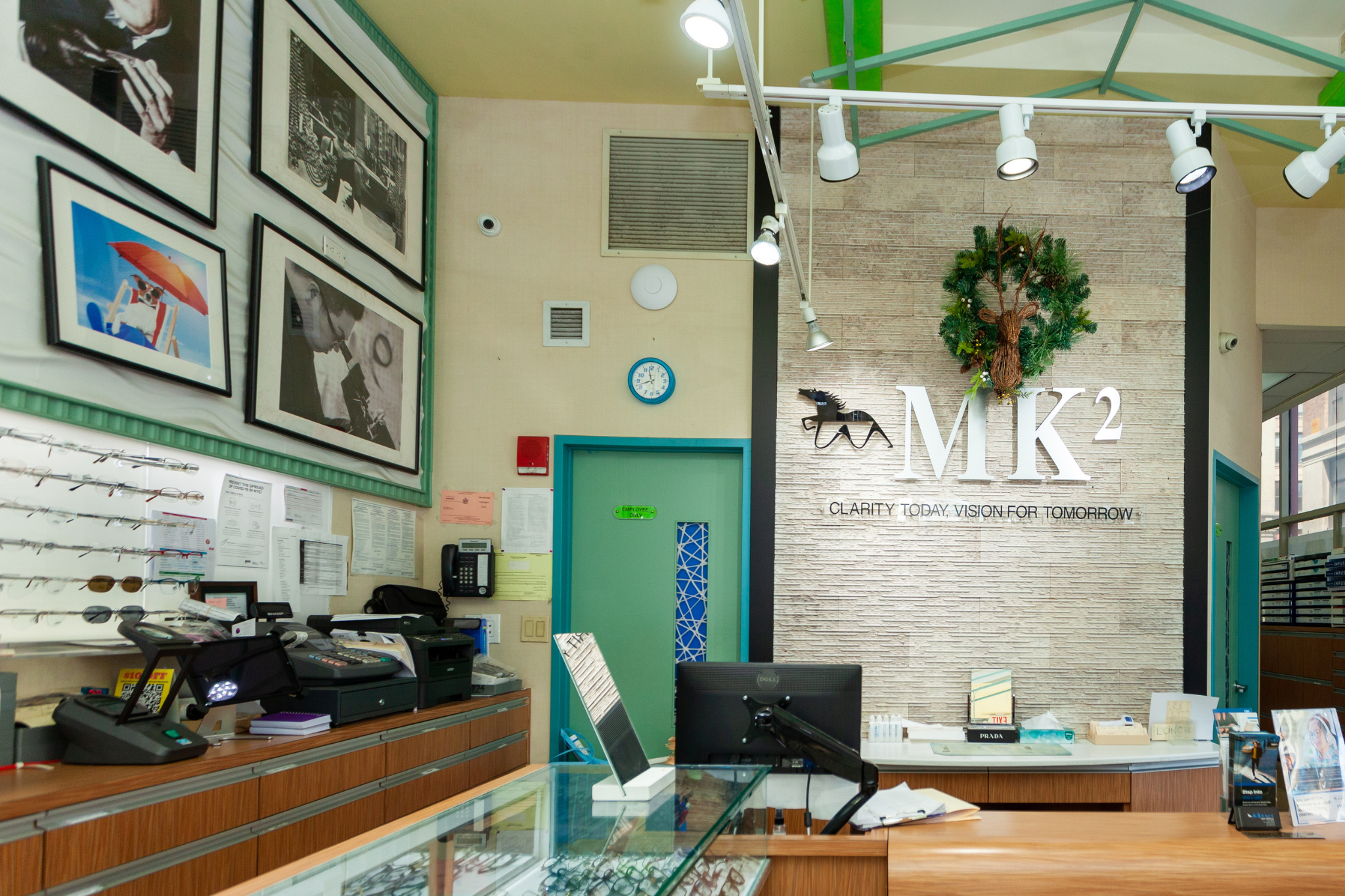
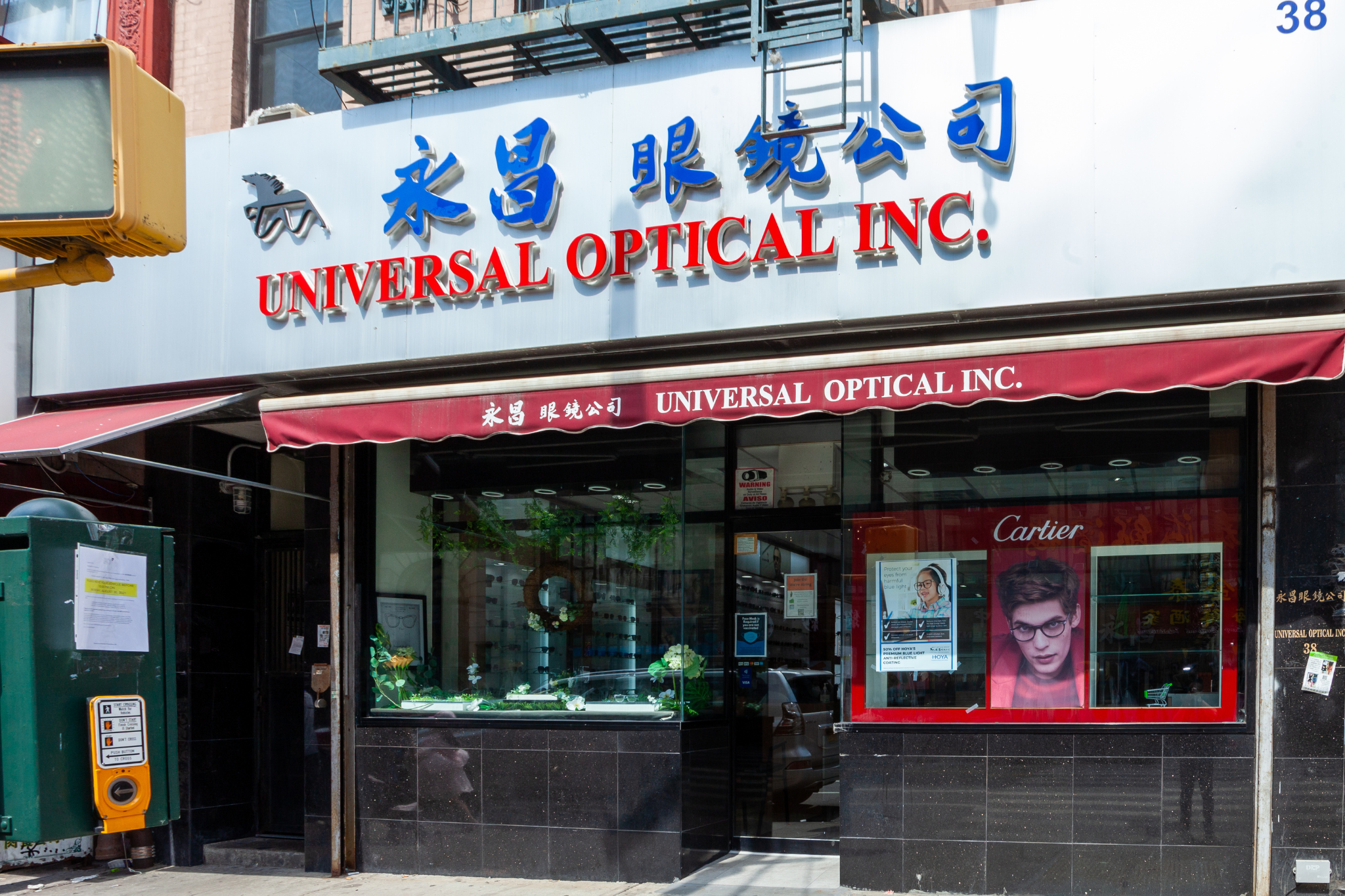
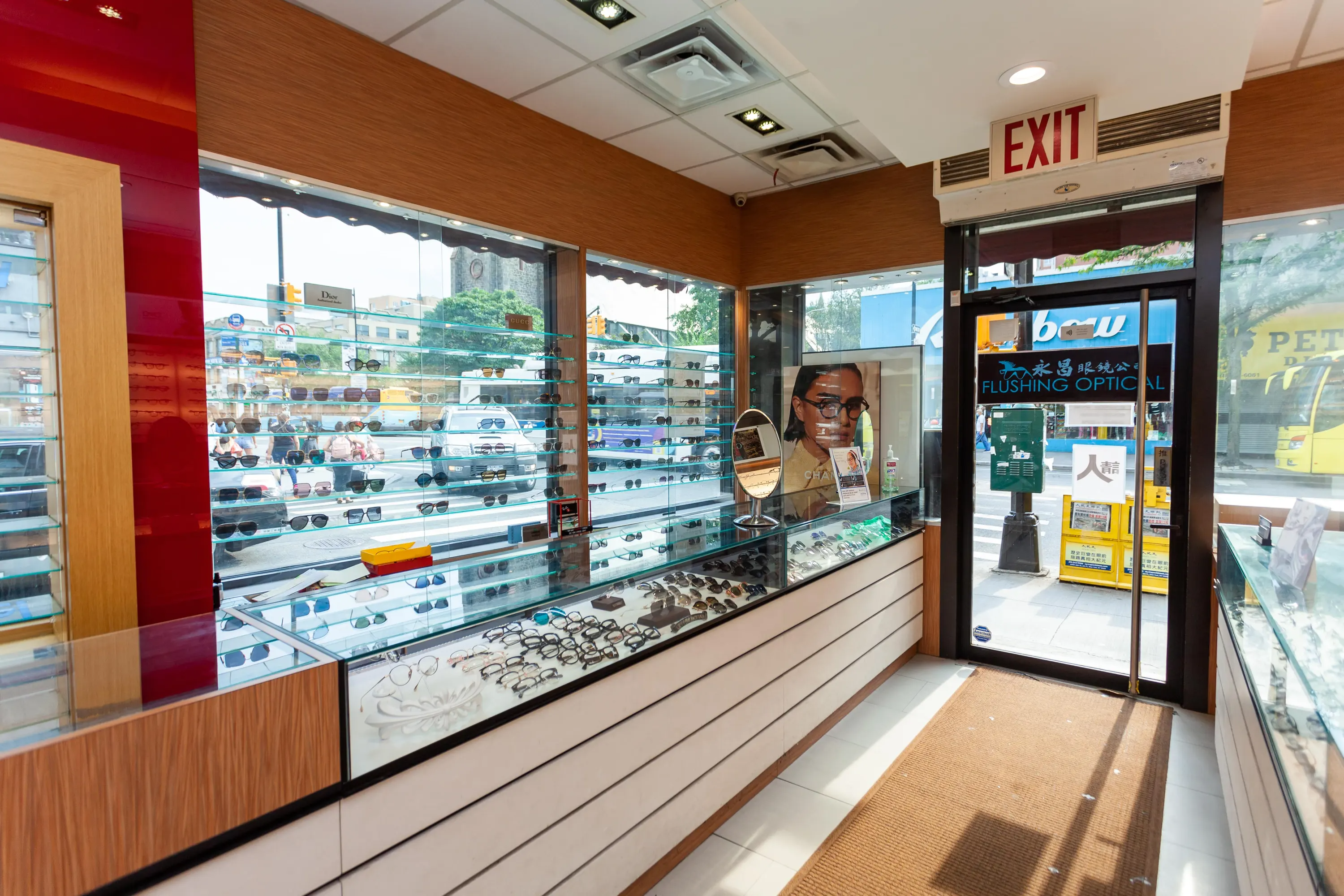
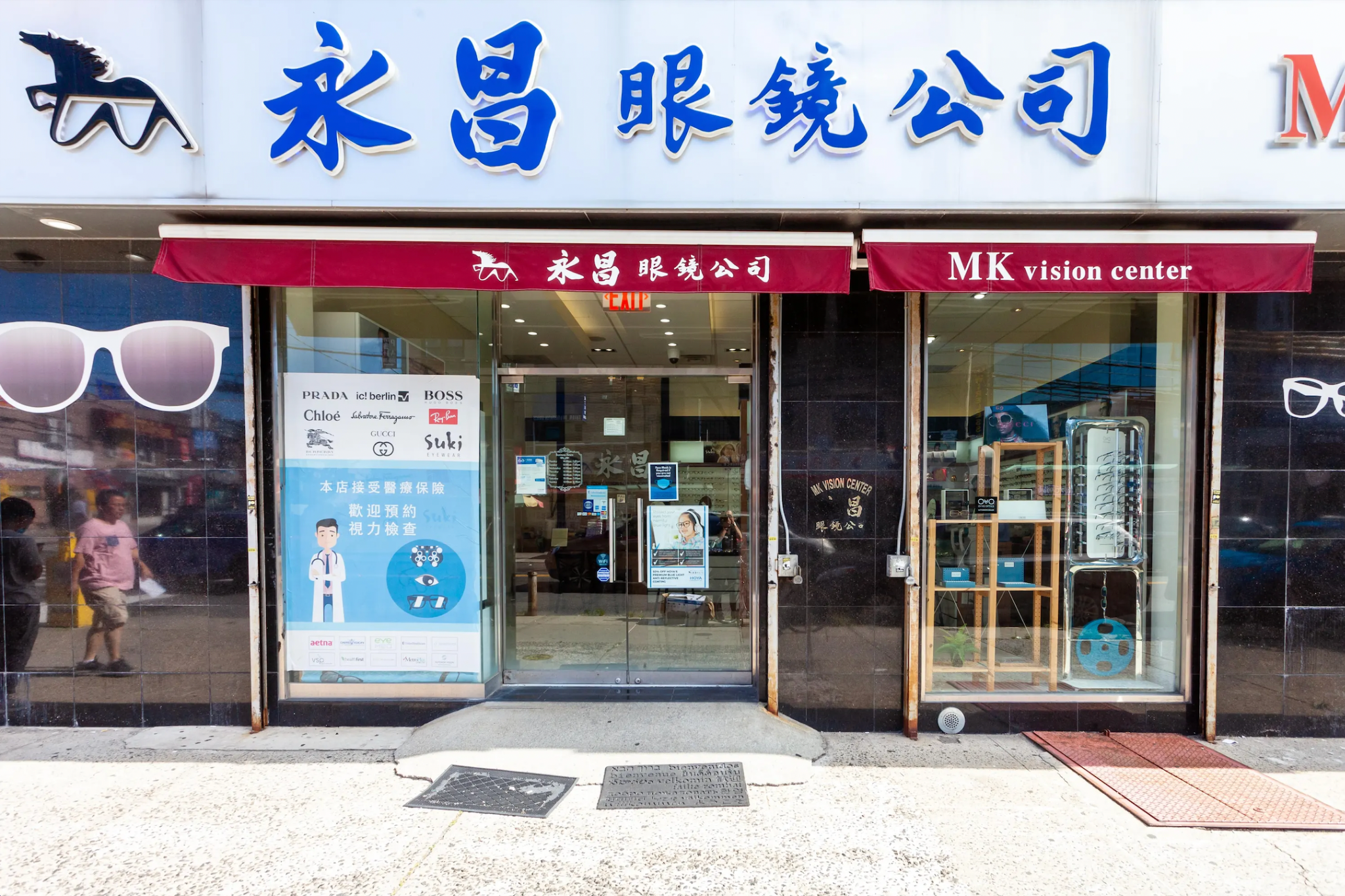
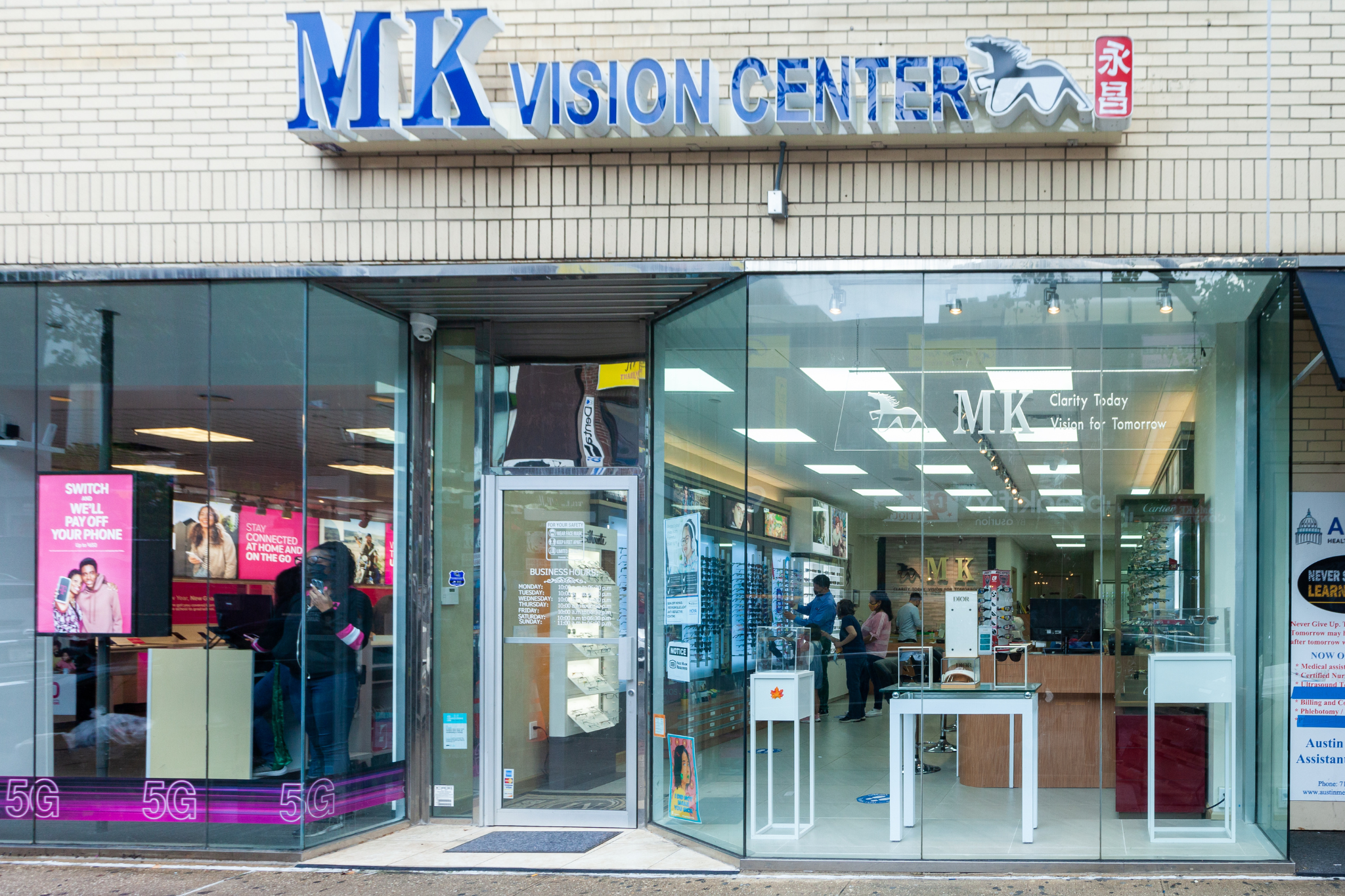
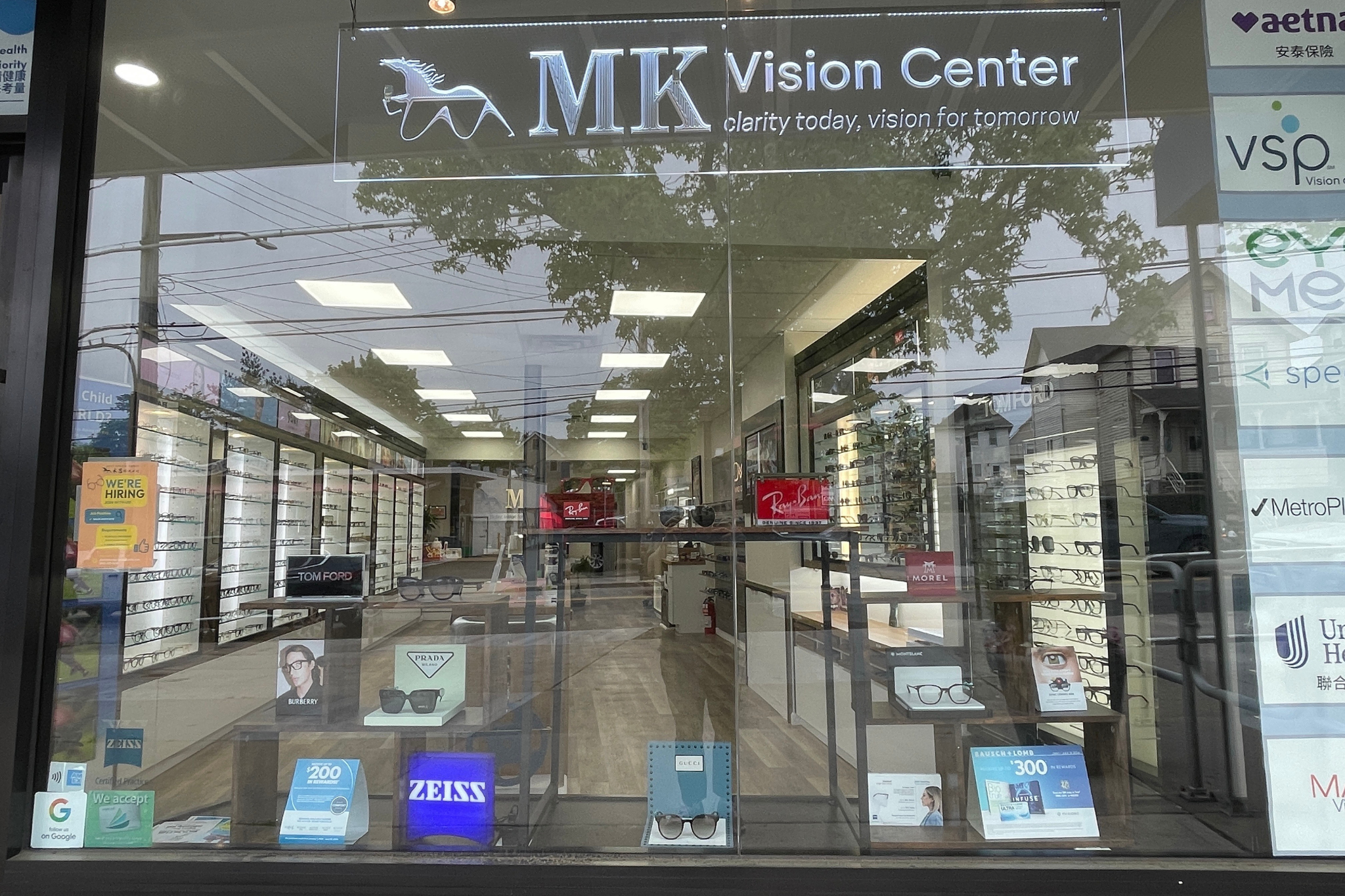



Leave a comment